Isfahan is not a city you merely visit, but it’s a city you enter, like a vast room lined with mirrored walls, where time folds inward and every reflection tells a different story. Nestled in the arid heart of Iran, Isfahan once stood as the glittering capital of the Persian Empire, a place so enchanting that a 17th-century proverb declared it “Isfahan nesf-e jahan”, “Isfahan is half (of) the world.”
A Journey Through the Soul of Iran
At its height during the Safavid era, under the reign of Shah Abbas I, Isfahan underwent a radical transformation. It was no longer just a city, and it became a stage for power, poetry, and cosmopolitan flair. With architects, artisans, and philosophers summoned from across the empire, Isfahan emerged as a living manuscript of Persian art and urban design. Grand boulevards, sprawling bazaars, symmetrical gardens, and the iconic turquoise domes gave shape to a new aesthetic. Isfahan is the kind of place where art is not hung on walls, and it is the wall, the floor, the ceiling, and the city itself.
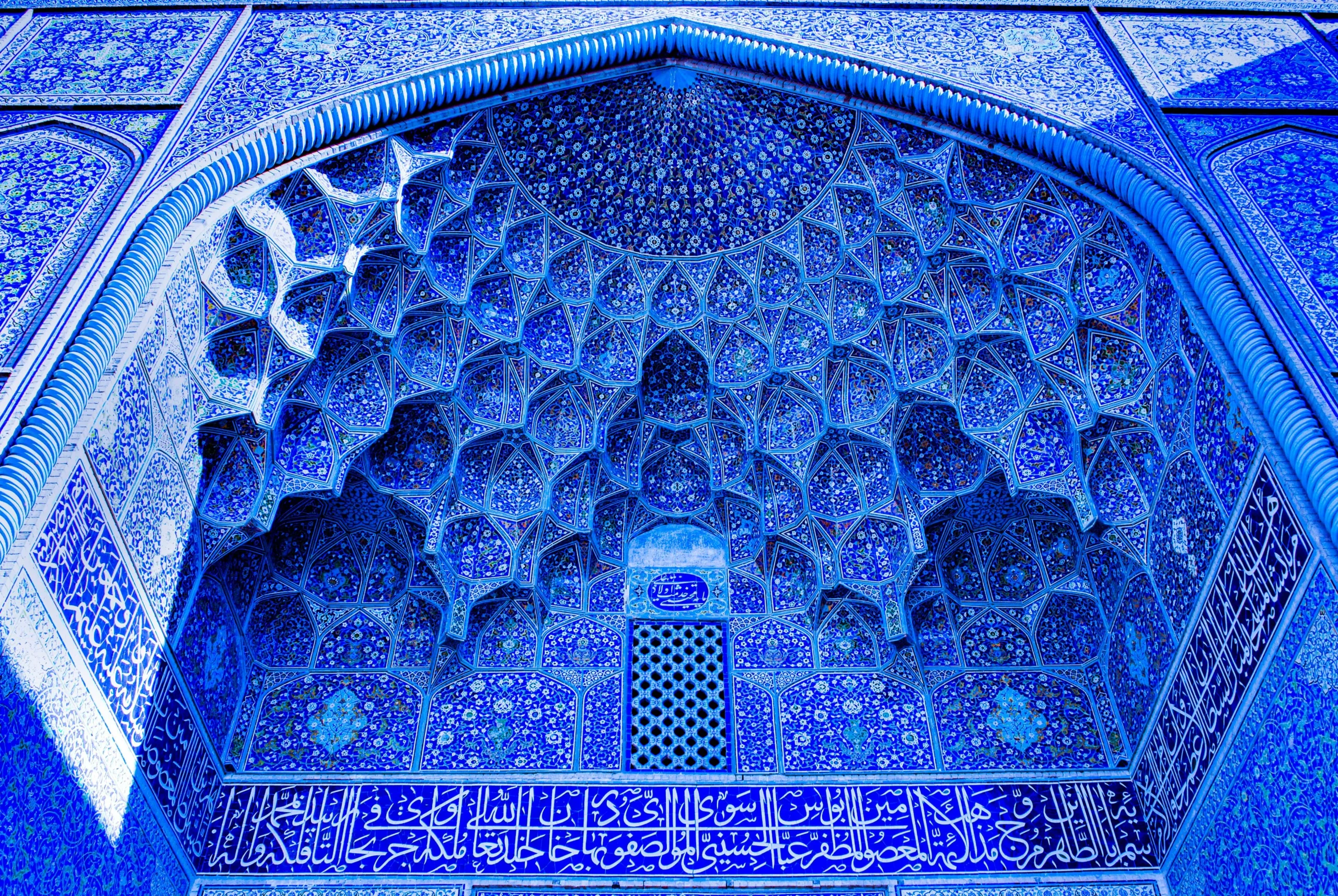
From monumental mosques to hidden bridges, every corner of Isfahan is a crafted revelation. Below is a curated guide to 15 must-see architectural and cultural masterpieces, a journey through the soul of one of the world’s most refined urban tapestries.
1. Naqsh-e Jahan Square (Imam Square)
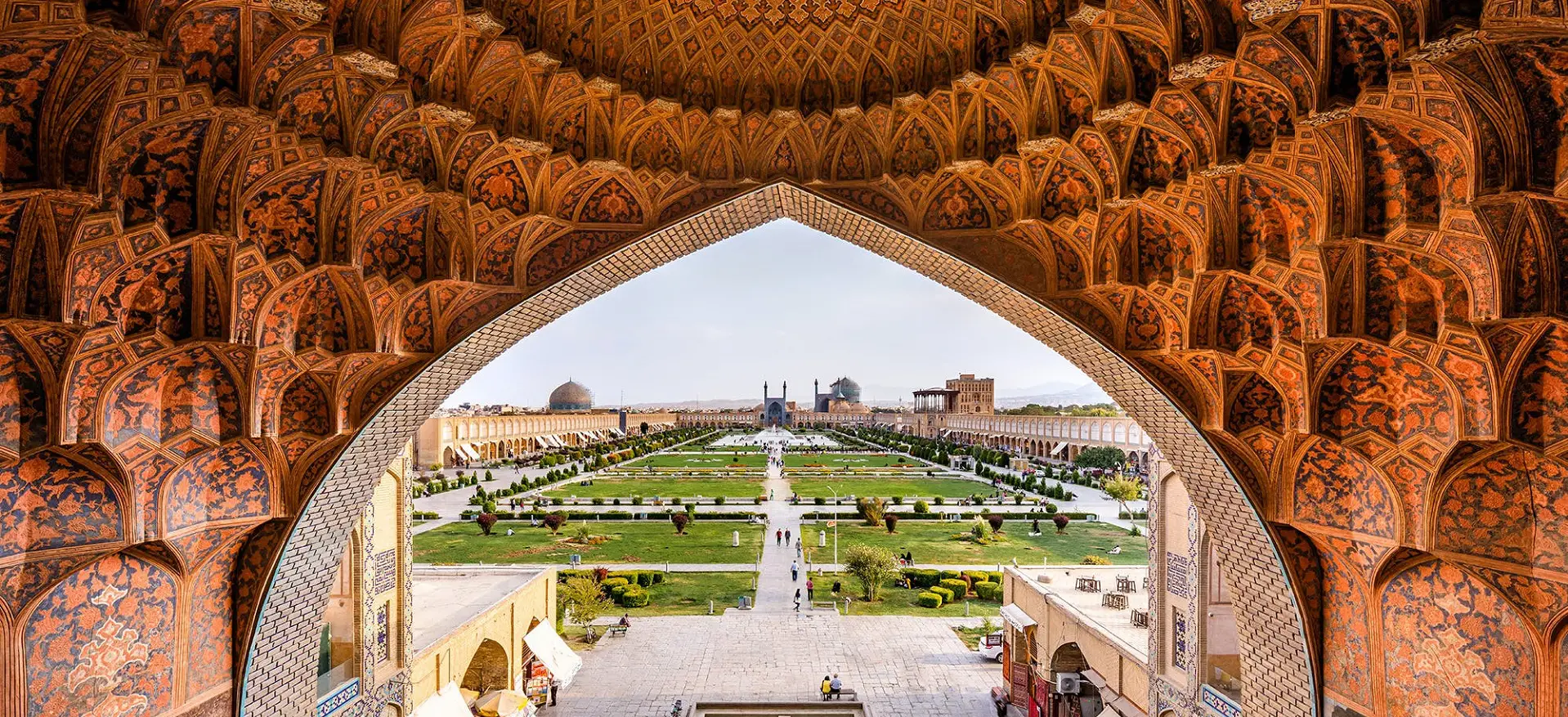
A UNESCO World Heritage Site, this massive public square is the beating heart of Isfahan. Commissioned by Shah Abbas in 1602, it’s surrounded by four architectural marvels and once served as a royal polo ground. The square’s scale and symmetry reflect the Safavid vision of cosmic order, where religion, commerce, and governance converge in spatial harmony.
2. Shah Mosque (Imam Mosque)

Located on the southern edge of Naqsh-e Jahan, this masterpiece is a symphony of color and light. Its monumental iwan entrance, towering minarets, and echo-perfect dome are adorned with seven-color mosaic tiles and calligraphic inscriptions. Architecturally, it’s a flawless integration of aesthetics and acoustics.
3. Sheikh Lotfollah Mosque
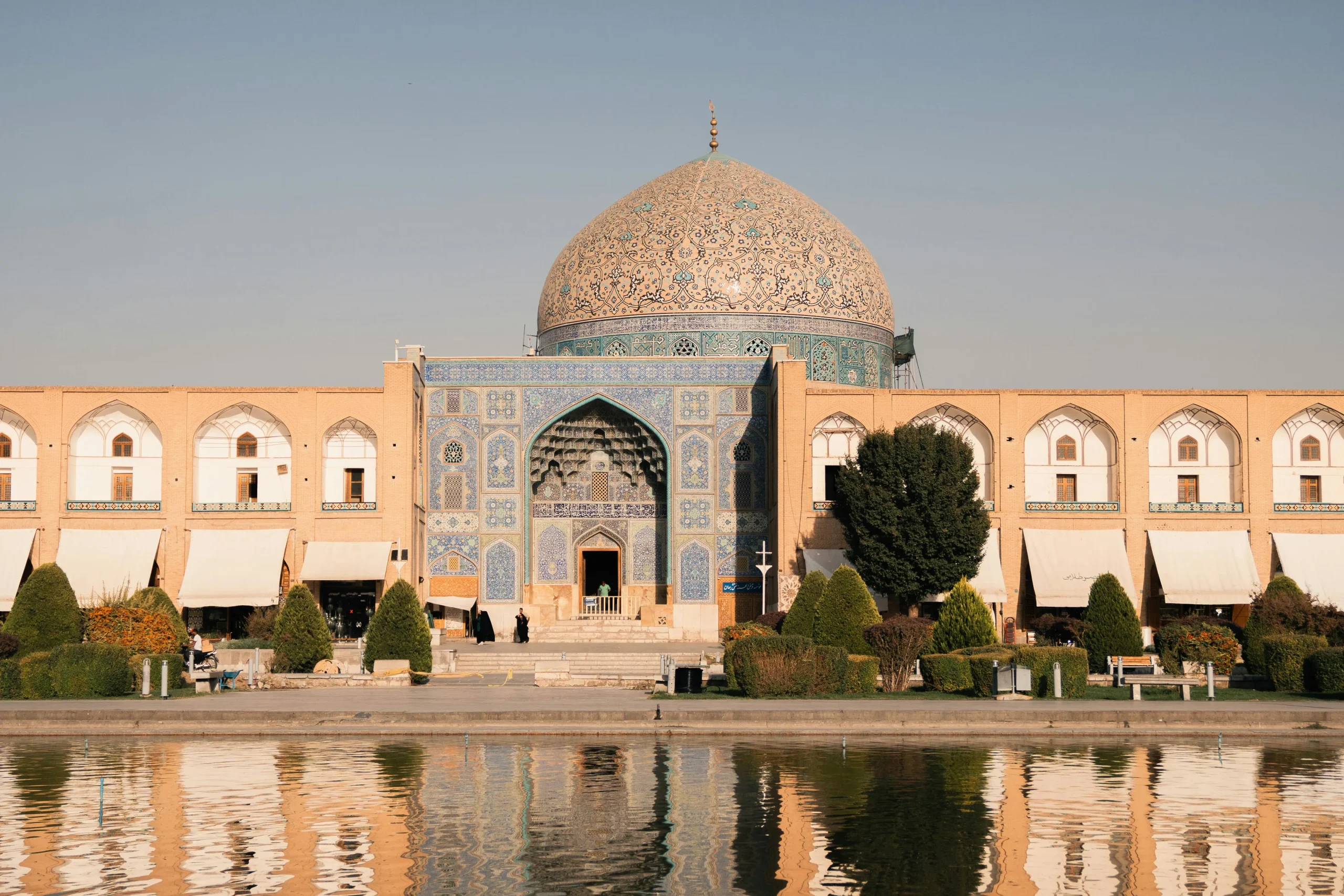
Unlike any other mosque in the Islamic world, this jewel-box-like structure has no courtyard or minaret. Built as a private sanctuary for the royal court, its muted exterior belies the breathtaking interior, an intricate golden dome glowing with arabesques and peacock motifs that shift with the sun.
4. Ali Qapu Palace
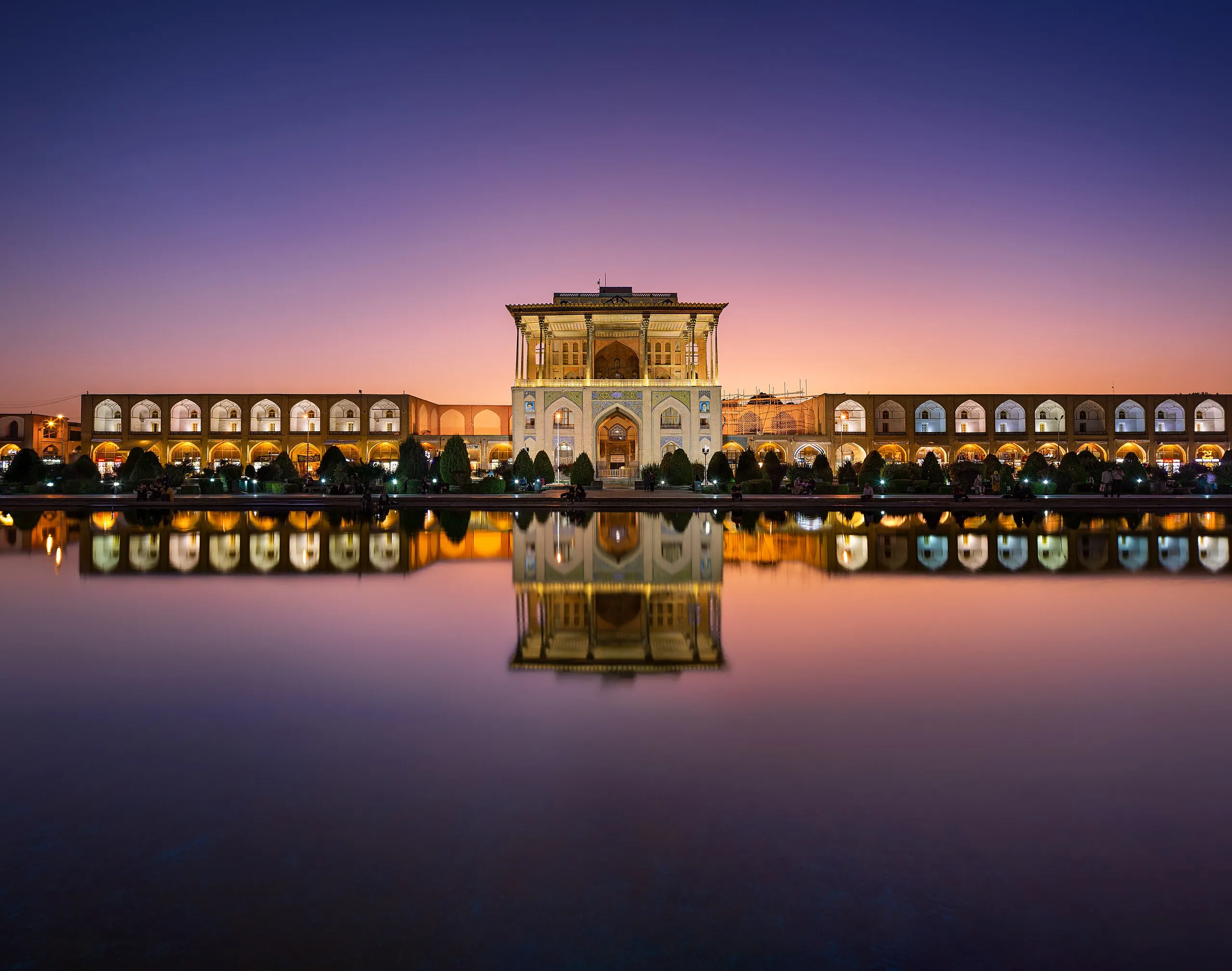
This six-story pavilion once served as the imperial gateway into the Safavid palace complex. Its elevated terrace offers panoramic views of the square, but the real marvel lies inside: the music hall on the top floor, with carved stucco niches designed for perfect acoustic resonance.
5. Chehel Sotoun Palace

Set within a Persian garden, this pavilion was used for royal receptions and is famed for its 20 wooden columns reflected in the long pool, hence the name “Forty Columns.” Inside, battle scenes and courtly ceremonies come alive through richly detailed frescoes and mirrorwork.
6. Si-o-se-pol (Bridge of 33 Arches)
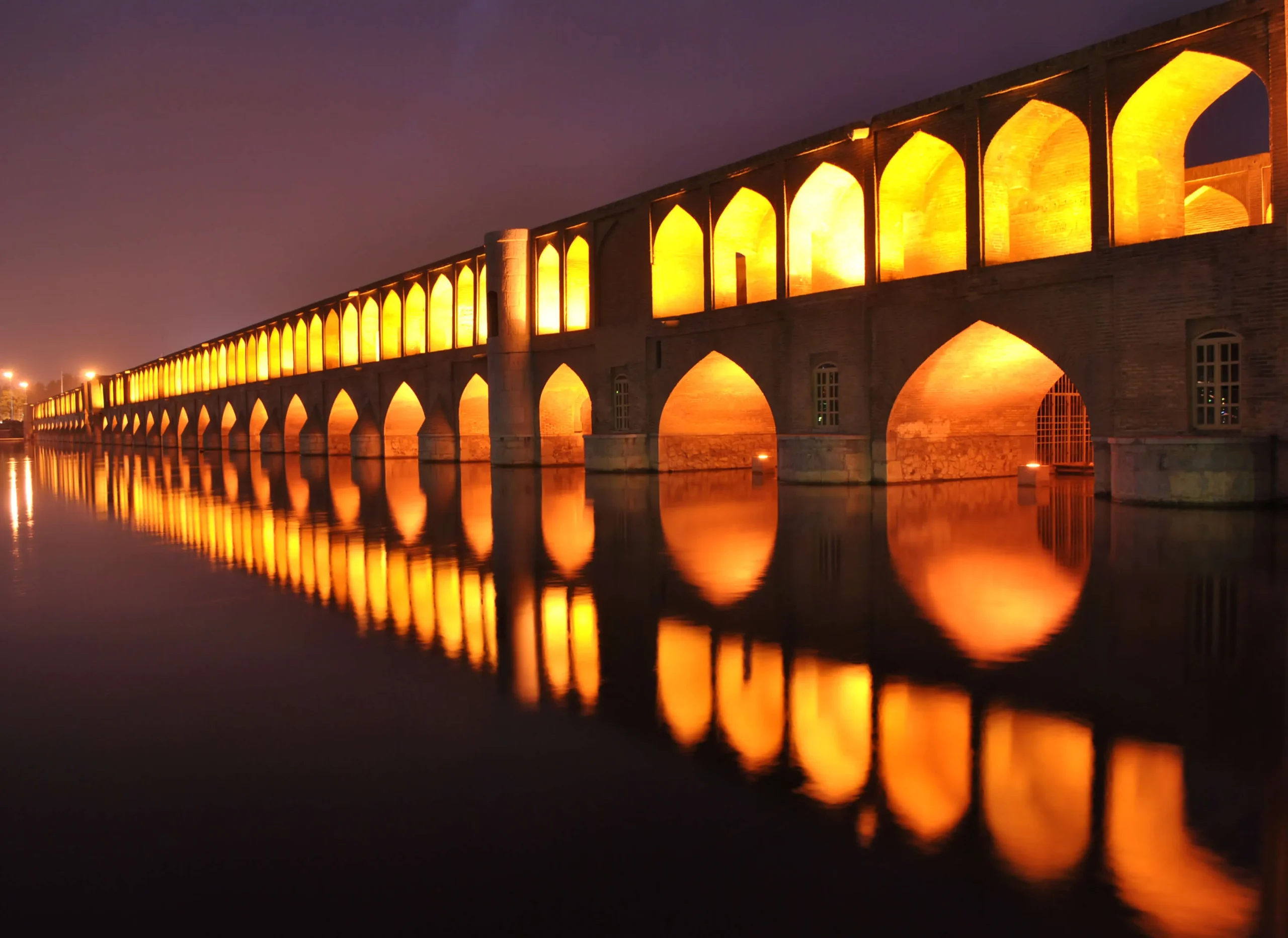
This iconic Safavid-era bridge spans the Zayandeh River like a ribcage of stone and brick. By day, it’s a thoroughfare. By night, it becomes a communal living room, where poets gather, music lingers, and lovers stroll under the arches. A triumph of social infrastructure.
7. Khaju Bridge
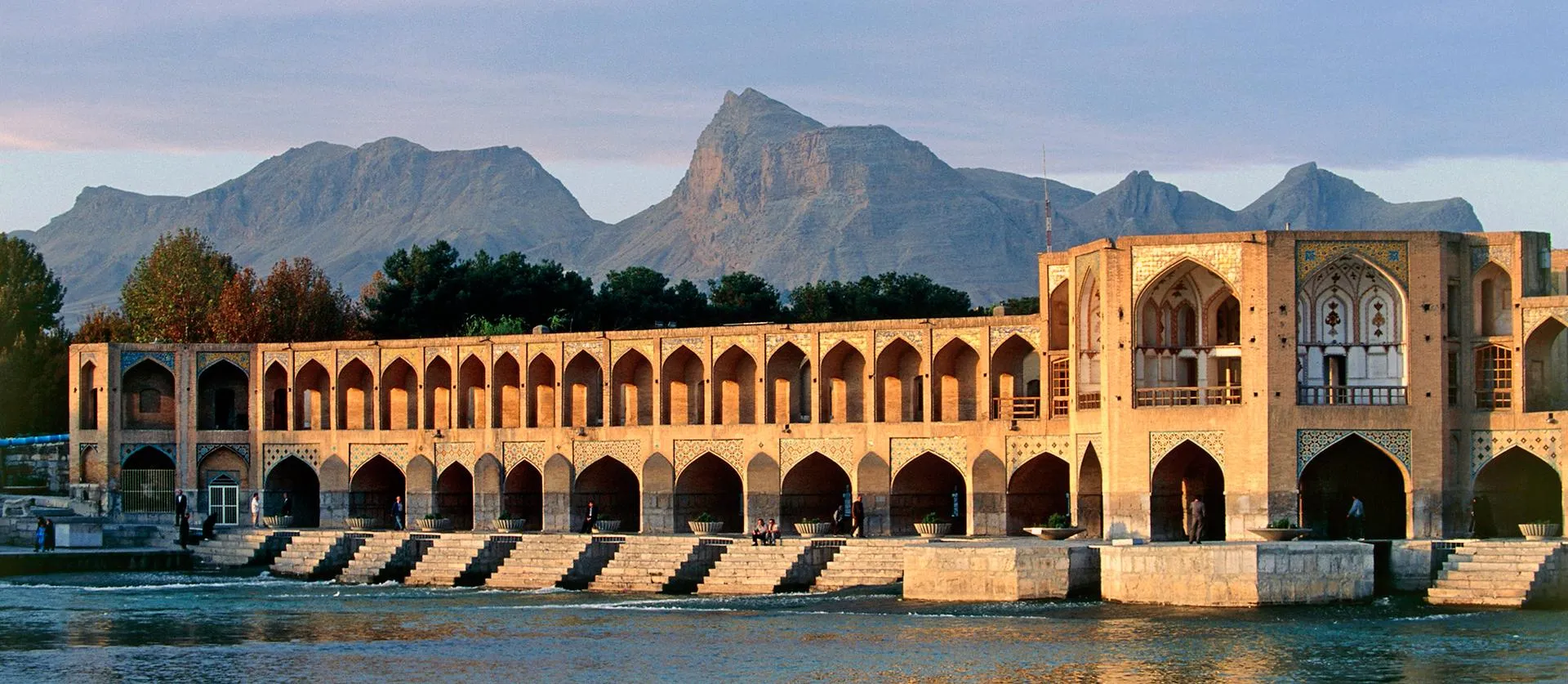
More than a bridge, it’s an architectural performance. Built by Shah Abbas II, it features pavilions, water channels, and stone steps that double as amphitheaters. Khaju blends form, function, and festivity, designed to regulate river flow and serenade the soul.
8. Vank Cathedral
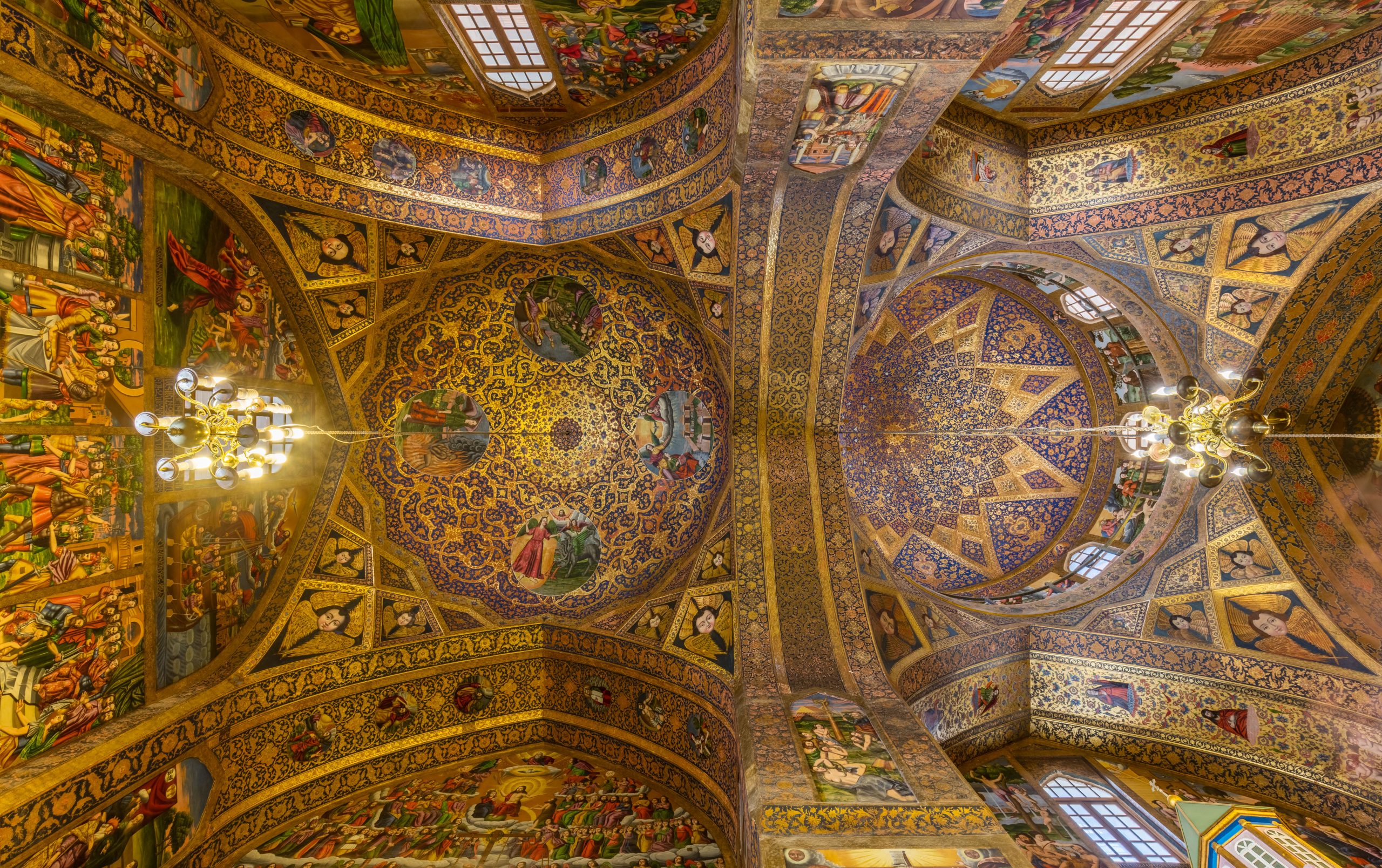
A testament to Isfahan’s multicultural fabric, this Armenian church in the New Julfa district fuses Islamic architecture with Christian iconography. Golden altars, vivid frescoes, and a central dome convey stories of migration, resilience, and coexistence.
9. Jameh Mosque of Isfahan
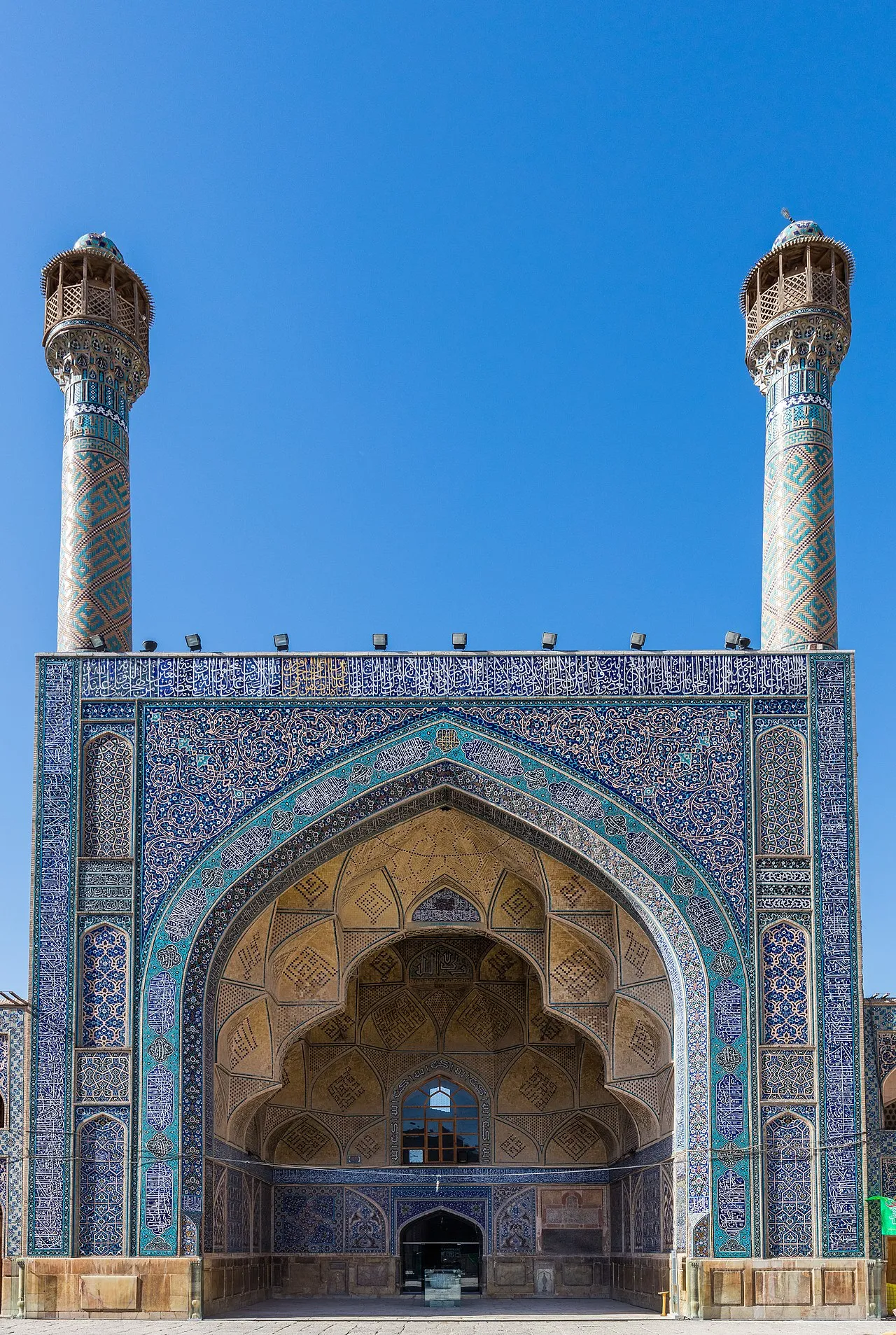
With over a millennium of layers, this mosque is an architectural palimpsest, and each dynasty added its own chapter. From Seljuk brick domes to Ilkhanid muqarnas and Safavid tilework, it’s a living encyclopedia of Islamic architecture in Iran.
10. Hasht Behesht Palace
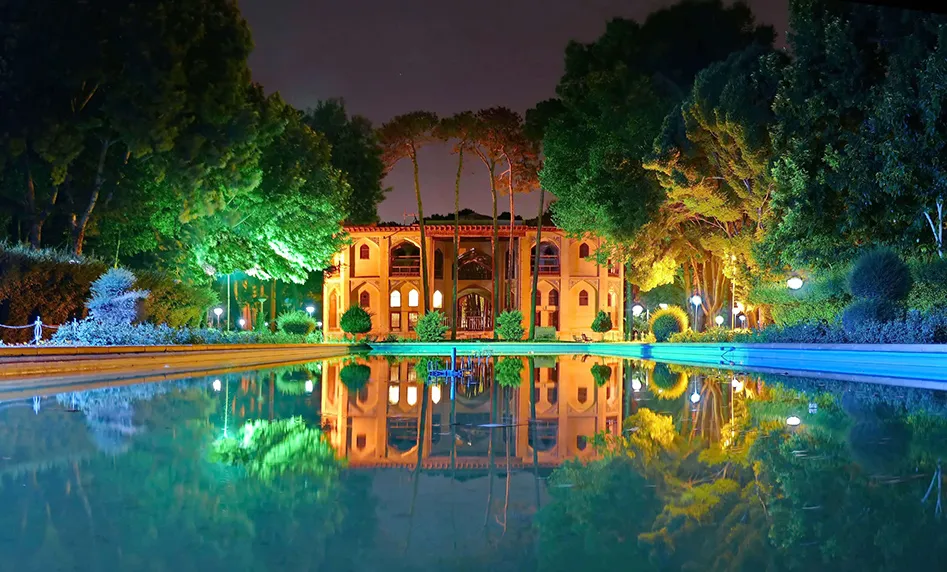
Translating to “Eight Paradises,” this small yet ornate pavilion is nestled in a verdant garden. Its name refers to the Islamic concept of paradise, and the plan’s octagonal symmetry echoes that spiritual geometry. A hidden retreat for royal leisure.
11. Atiq Square (Old Square)

Pre-dating Naqsh-e Jahan, this medieval public space, located near the Jameh Mosque, offers a glimpse into Isfahan’s earlier urban fabric. Flanked by smaller mosques, caravanserais, and bazaars, it reflects the city’s mercantile roots.
12. Grand Bazaar of Isfahan
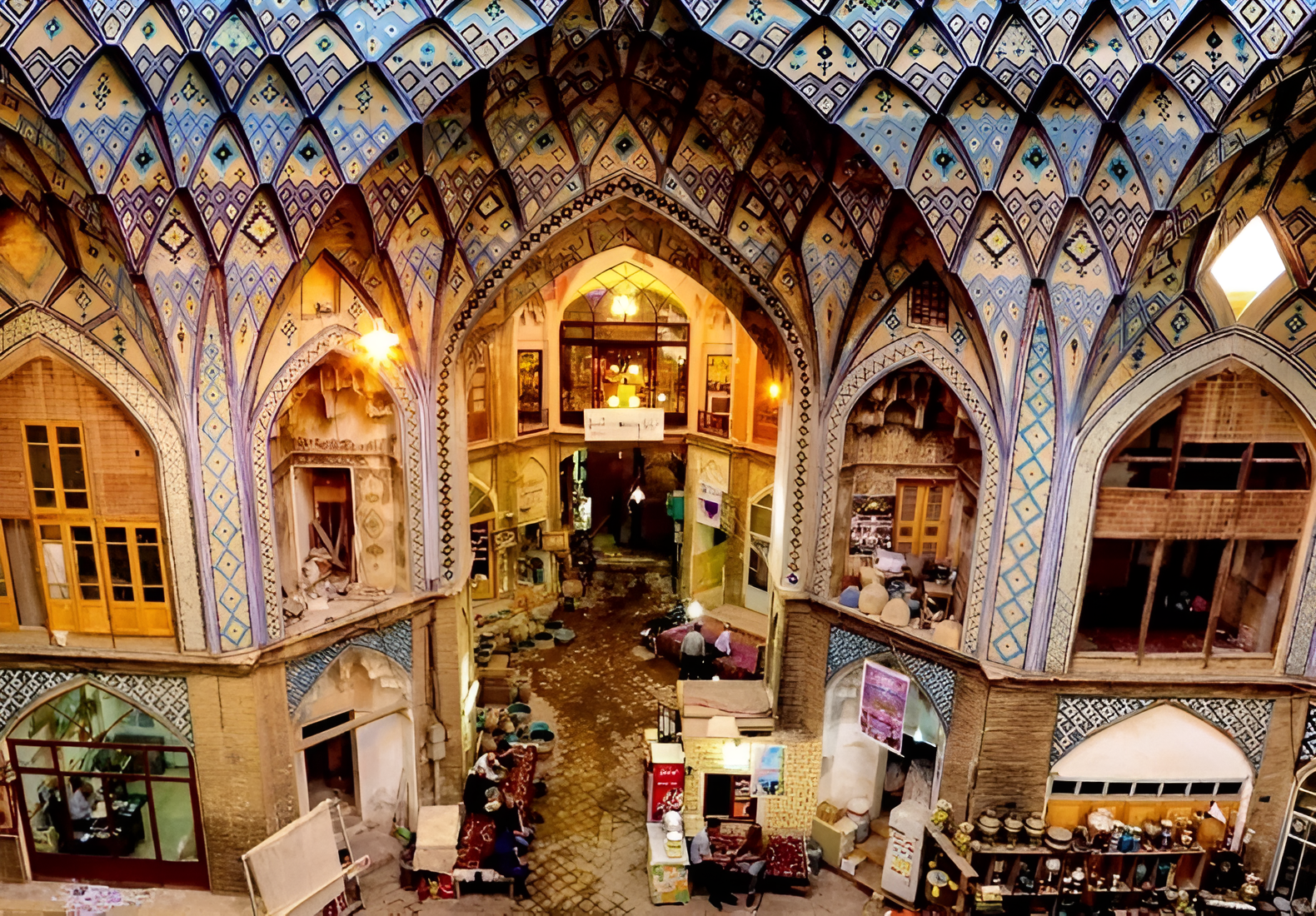
Stretching over five kilometers, this labyrinthine market connects Naqsh-e Jahan to the Jameh Mosque. It’s a sensory overload of Persian carpets, copperware, spices, and miniature paintings, an architectural artery of commerce and craftsmanship.
13. Menar Jonban (Shaking Minarets)
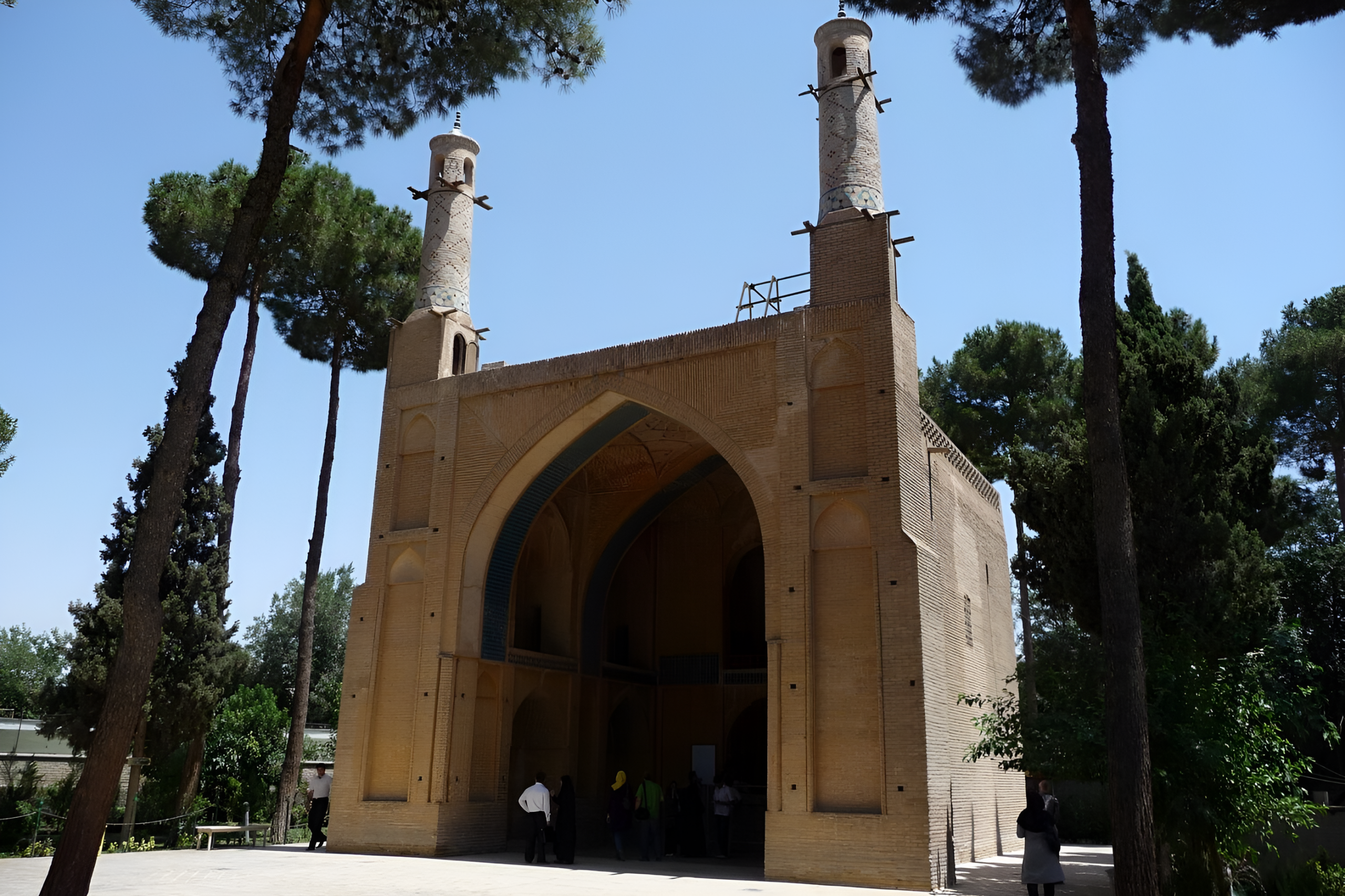
This 14th-century mausoleum is famous for its kinetic architecture. Shake one minaret and the other trembles in sync, thanks to the resonant structure beneath. It’s both a marvel of engineering and a mysterious folkloric curiosity.
14. Mount Soffeh
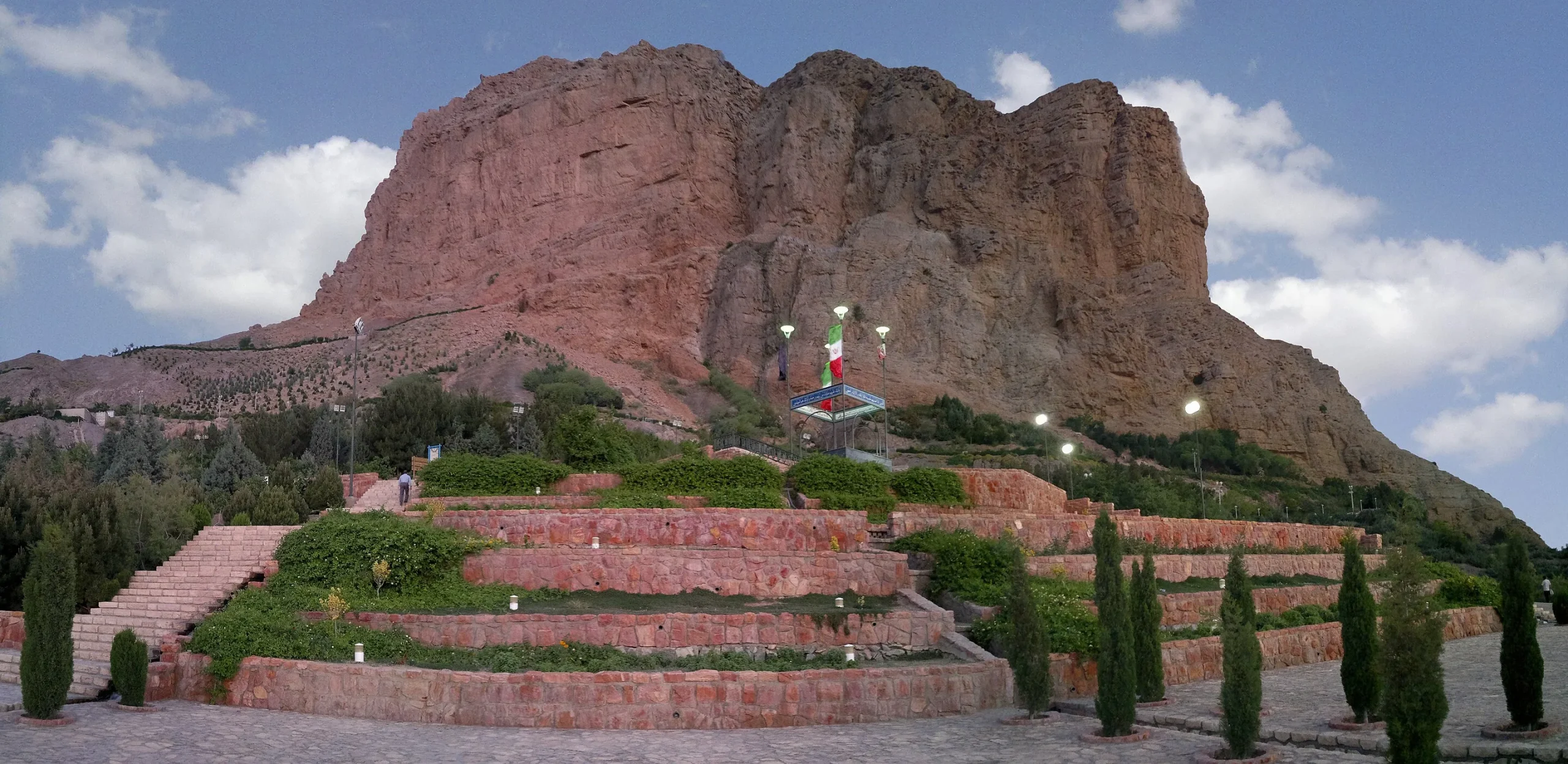
South of the city, Mount Soffeh offers a natural vantage point with hiking trails and panoramic views over Isfahan. At sunset, it becomes a sacred observatory where the skyline of domes and minarets glows in saffron hues.
15. Contemporary Art Museum of Isfahan
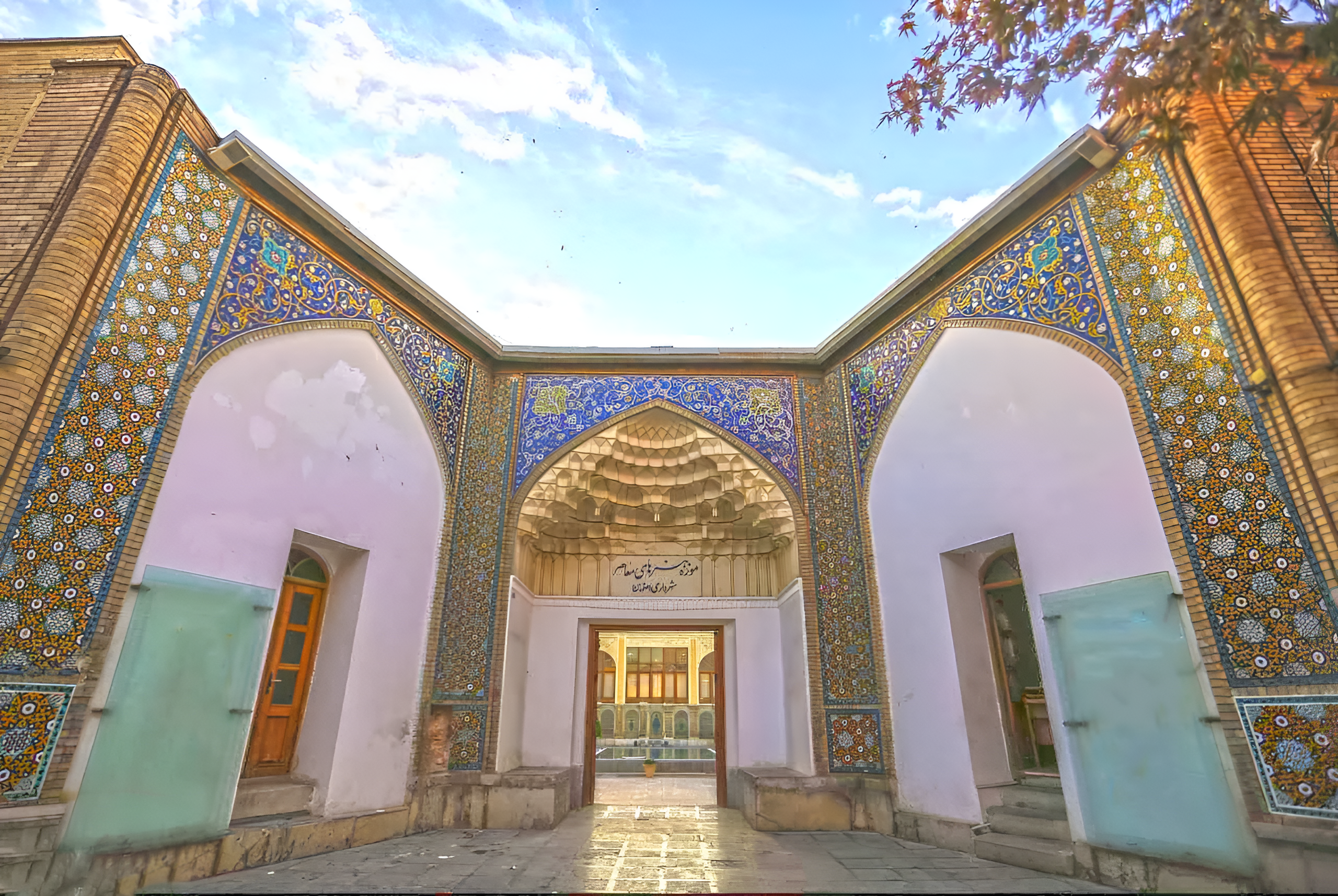
Set in a 17th-century Safavid mansion, this museum bridges past and present. While the architecture showcases plasterwork and frescoes, the rotating exhibitions highlight Iran’s modern and contemporary visual culture.
Isfahan: A Living Blueprint of Beauty
Geometry and ornament here are not embellishments, and they are expressions of an eternal dialogue between the divine and the earthly, the poetic and the political, the past and the future. As modern cities grapple with identity and density, Isfahan stands as a testament to the fact that beauty can be a civic principle.
Its mastery lies not only in architectural form but in the choreography of space, where people, light, and stories intersect. To walk through Isfahan is to walk through centuries of collective imagination. Whether you’re an architect, designer, historian, or curious traveler, Isfahan will leave an impression not just on your memory but on your sense of what a city can be.


































Leave a comment